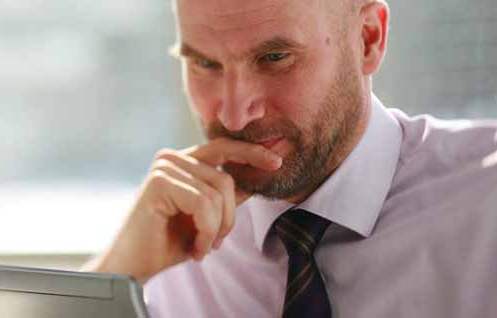
You’re a reporter on the front in Afghanistan with a just a Digital SLR, or run a local cable access show that is chasing down a story that happens to have national appeal. Or you’re a producer with amazing footage of that car crash -that was filmed on an iPhone.
Broadcasters everywhere receive thousands of signals every day, but these signals are not always in the same format. Montreal’s Miranda Technologies (TSX:MT) converts them into a single homogeneous HD signal standard. Miranda’s solutions also continue through to the software stage, where broadcasters process the feed prior to airing.
Ever watch your favorite sitcom and see the star of another show pop up in the corner pointing to his program’s logo? That’s Miranda. Miranda’s President and Chief Executive Officer, Strath Goodship, cut his teeth at Leitch Technology, a Toronto based broadcast technology company that became a de facto university to many of Canada’s best and brightest in the space before it was acquired by Harris Corporation in 2005.
Goodship was Director of Engineering at Leitch from 1986 to 1990, and Michel Proulx, Miranda’s Chief Technology Officer also worked there. Cantech Letter’s Nick Waddell talked to Goodship about his company’s beginnings and the subsequent two decades in which Miranda itself has become a worldwide leader in broadcast technology infrastructure and a homegrown success story.
Strath, when you talk about emerging markets that are driving growth, you just mentioned that maybe the switch to HD might be just 50% complete in the US. Where are the markets that are going to provide you with growth for the next decade?
I think that there’s a misconception that television isn’t growing, that it has all been taken over by the internet. First of all, we think TV is going to continue to grow worldwide. There’s a lot of change involved, but overall, the money spent on television infrastructure is going to continue to grow. Where will it grow the fastest? The BRIC countries, the traditional fast emerging markets are where we see it growing the fastest. For us, China, The Middle East and Brazil are important growth areas where there is lots and lot of opportunity for years to come. Russia and India are growing quickly, but even the mature markets like the US and Western Europe have to go through the change and will continue to increase their spending on television infrastructure.
Why are major events like the 2012 Olympics and the upcoming presidential elections in the US important to broadcasting? Do they become showcases for new technology?
I don’t know if they become showcases, but what they seem to do is stimulate spending on infrastructure. There are installations that are set up just for the Olympics and they are torn down afterward. But what these events do is help broadcasters sell advertising and what they try to do to be prepared for that is to put their best foot forward. So they tend to invest in new studios, will convert more to HD, they’ll come up with multiple channels, maybe multiple camera views etc. It’s not necessarily showcasing new technology, but building new infrastructure. They will use these big advertising events to invest in these areas, but its really to be used after the Olympics as well. The presidential elections are the same, its a big source of revenue, there’s a huge amount spent on political advertising in the US. What these big events have done is create a four year cycle in our industry. The cycle is synchronized to the two events you mentioned. There is spending that happens for the FIFA World Cup as well, but every four years tend to be the peak years. They are important events because generally the industry encouraged to invest around big events like that.
I want to talk a bit about the OmniBus acquisition. Has that revenue had time to fully work its way into Miranda yet?
Yes, absolutely, It’s been a very good fit. The sales force has picked up the product and it has all felt very natural. It’s more of a software company than we have traditionally acquired before, so there’s some adjustment to our processes, but the integration has gone very very well. In fact, it has created a bit of an interesting aura, I dare say, around Miranda in that it has attracted additional attention from existing customers and even some new customers around the fact that we are prepared to really stick our necks out an go after this IT based play. OmniBus is considered to be quite revolutionary, quite avant-guard, and although Miranda has always been considered innovative I think this has earned us additional respect from our own customers for having done this.
You are at approximately 700 employees right now. You have done most of that growth organically and now you are starting to make acquisitions. You have a healthy balance sheet, good structure with very few shares outstanding. Are you looking at other acquisitions?
We are always actively looking, and we are solicited all the time as well. We look at many many more than we actually do. We are very focused in what we acquire. We’ve never done an opportunistic acquisition, we have always chosen the player before they have chosen us. So we are continuing down that path and there will be more acquisitions.
Is bigger always better or is there an optimal size for Miranda to be?
It’s not about size, it’s about having the right components to have the maximum influence with our customers. So we pick segments where we feel the industry is starting to focus its attention, so they become key elements in the decision process. We have many, many of the components now but as the industry evolves there are new pieces that are customers are attracted towards that they consider essential, and OmniBus is one of those key pieces. If we had tried to develop OmniBus ourselves it would have taken much longer to do, so we acquired it and as a result, we sell our other products on the back of it. So, it’s really more about optimizing the product line than one particular big number. I don’t have an optimal size for Miranda, I have an optimal combination of products.
Last question, what are you excited about moving forward. What’s going to be driving Miranda in the next year?
I think this change in the whole television space, going towards these multi-platform models is really exciting. There’s a whole script to write, and there’s going to be a period of invention and quite a bit of trial and error. I think many companies consider this to be a very risky period, but this is what Miranda came out of. We were founded at the transition of digital television twenty years ago an this is what we excel at, it’s what thrills us, to help our customers reinvent the future, so that’s what I’m excited about. I think in the next five years there’s going to be lots and lots of change and that’s what we’re going to work with.
___________________________________________________________________________________________________________________
___________________________________________________________________________________________________________________
Leave a Reply
You must be logged in to post a comment.



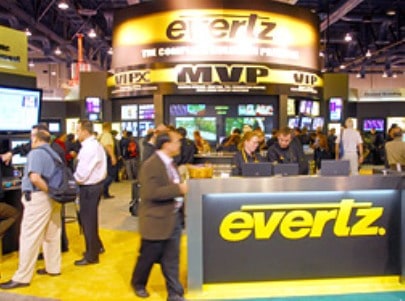


 Share
Share Tweet
Tweet Share
Share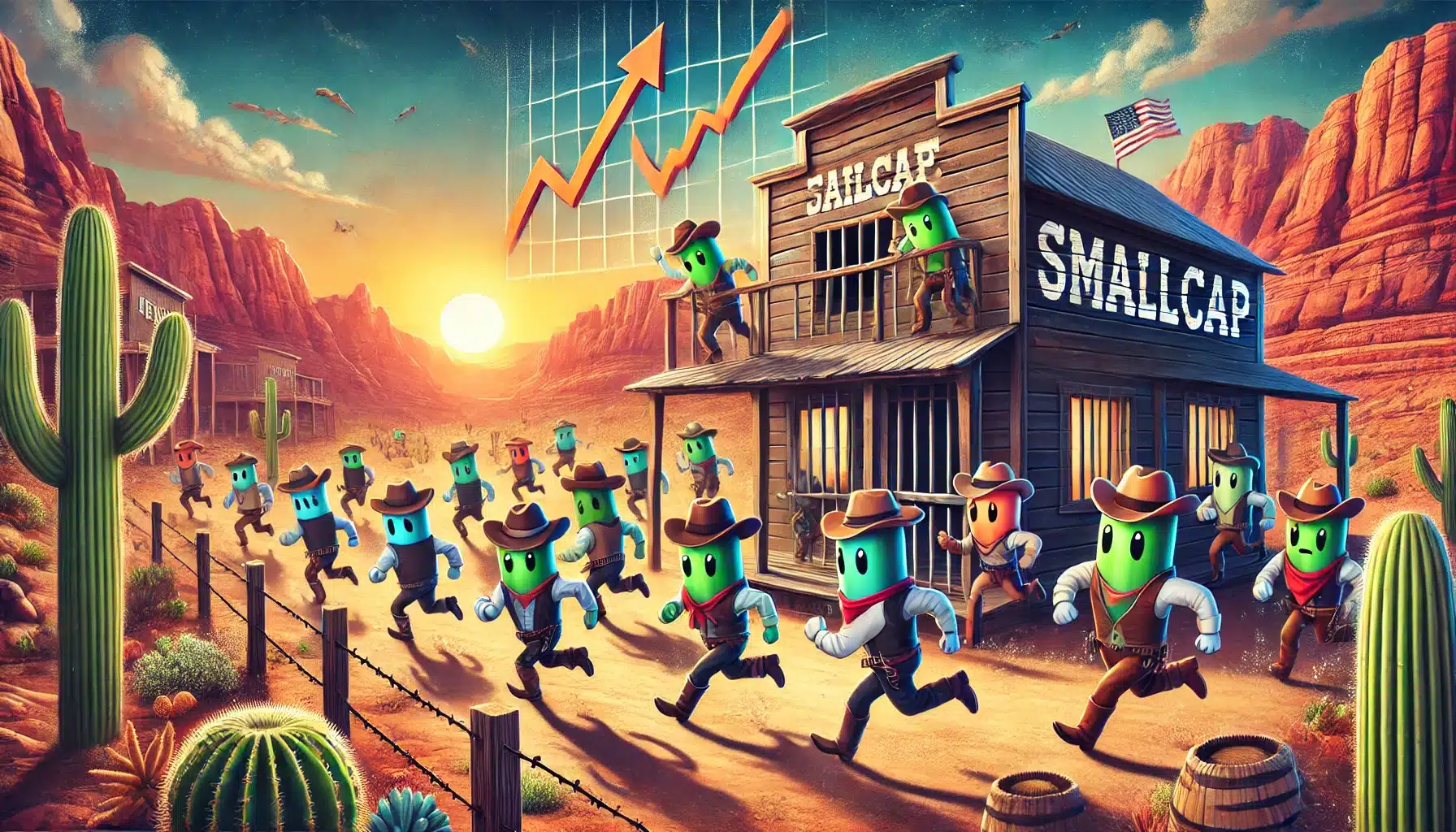


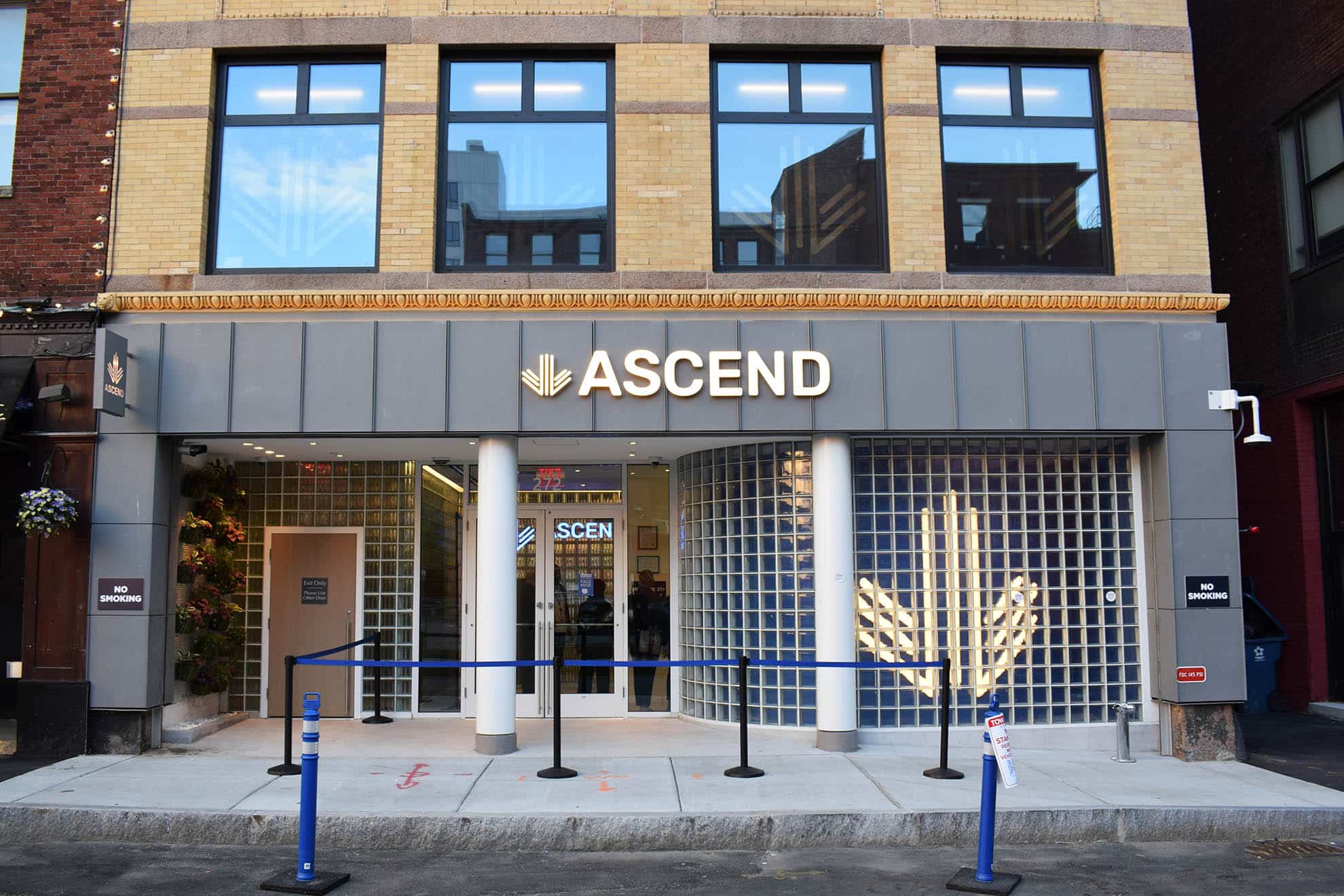
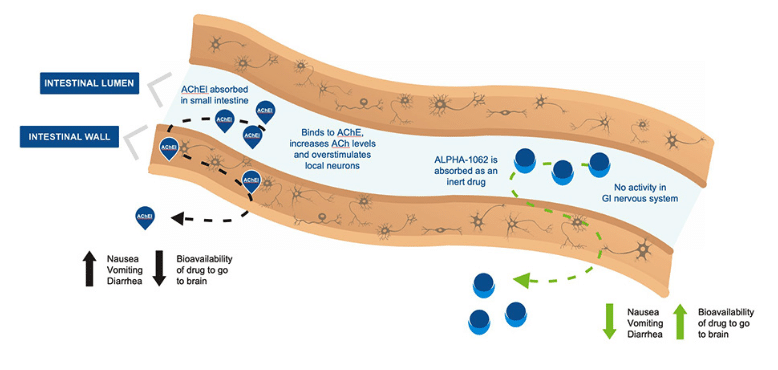
Comment